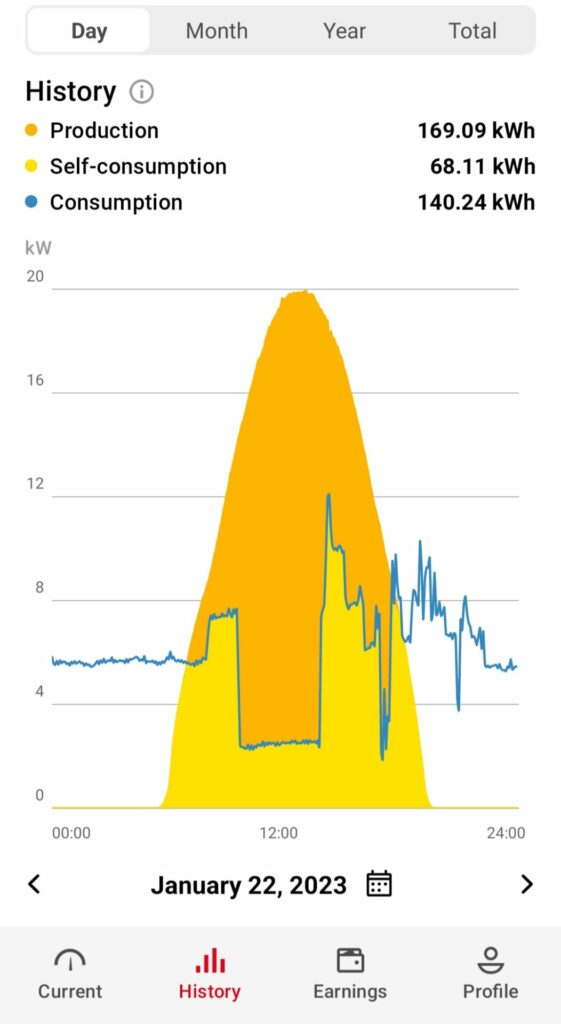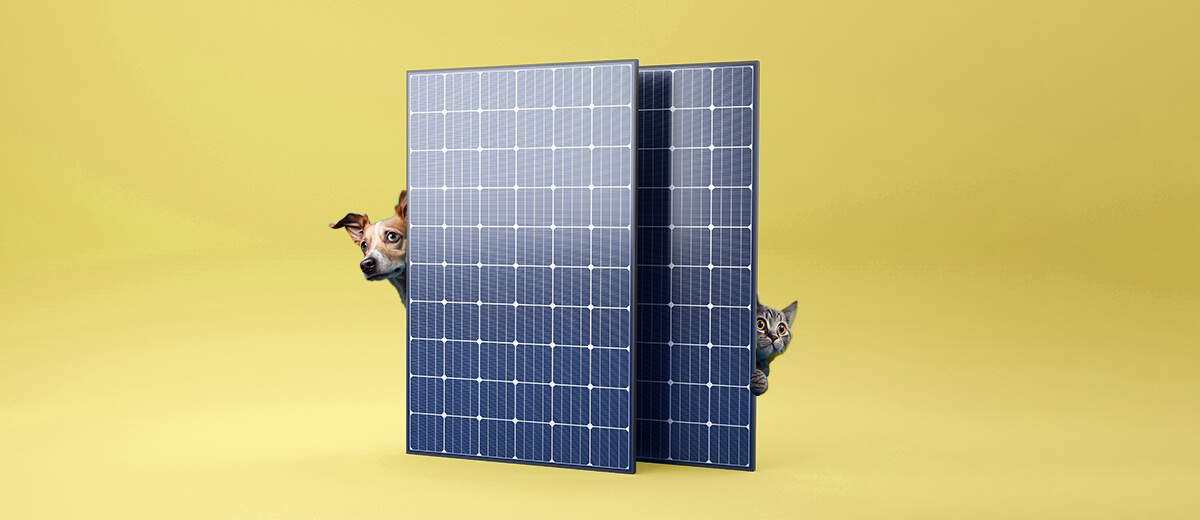Australian homeowners, have you ever wondered what the real value of the solar power you generate is? Do you think it’s worth investing in, or are you like many who believe that solar isn’t worth it?
The truth is, solar power is worth every cent you spend on it, and even more! The problem is that most homeowners don’t understand the different components of an electricity bill, and this leads to incorrect assumptions about solar power.
In this blog post, we will break down the different components of your electricity bill and explain the real value of solar.
Your Solar Energy System Explained
A solar energy system converts light from the sun into electricity. This electricity can be used to power appliances in your home or exported to the grid when it’s not needed. The system is connected to the grid and automatically switches between your generated power and power from the grid, so you don’t have to worry about it. With a solar PV system, you can save money on your electricity bill and reduce your carbon footprint.
Solar Power is either:
- Consumed on site in your home or business
- Exported to the grid (only the excess is exported)
Your Electricity Bill
Your electricity bill doesn’t show the total amount of energy your solar energy system has generated or the total amount of solar energy your household has used. It only shows the amount of energy that you exported to the grid and the amount of energy you used from the grid. This leads to confusion and incorrect assumptions about the value of solar power.
“By far the biggest benefit of a solar power system is the electricity you didn’t have to buy from the grid – and this doesn’t show up on your electricity bill.“
Solar Feed-in Tariffs
Solar Feed-in tariffs are a great extra, but they should not be the main focus of your investment in solar. The real value of solar is in offsetting the amount of electricity you have to purchase from the grid with solar energy that your solar power system generates, for free.
Feed-in tariffs are just a bonus, and you should not base your decision to invest in solar on them alone.
Solar Monitoring
Your solar inverter can provide you with information about the amount of electricity being produced at any time, or how much energy it has generated for the day or in total since installation. With sophisticated online monitoring and reporting, you can find out the total solar production for a given period. This will help you understand the real value of solar and see how much money you are saving on your electricity bill.
With many newer solar systems you can install a smart meter that not only tells you what your solar system has produced but what your electricity consumption and how much you export to the grid.

How to Discover Your Real Solar Savings
Most homeowners don’t go into detail when it comes to analyzing their electricity bill. They take it at face value and assume that the $20 credit they received for the solar energy they exported to the grid is the only benefit of solar power. However, this is far from the truth.
Let’s take an example of a homeowner who received a $20 credit on their latest bill. By using the online monitoring system, they discovered that their 5kW system produced 1,360 units over the billing period, but only 285 units were exported to the grid, resulting in a $20 credit. By subtracting the amount of energy exported to the grid from the total amount of solar production, they found that they consumed 1,075 units. Multiplying this number by their electricity cost, they found that they saved $305 on their electricity bill during the billing period.
This shows that while they may not be receiving much from their feed-in tariffs, they are saving a lot by offsetting their grid electricity.
Solar Market always recommends the installation of a smart meter form full solar and electricity consumption monitoring to fully understand the benefits of the solar power system you install.
Solar Savings Still Not Adding Up For You ?
If you have an existing system and you still can’t reconcile the solar solar savings there is a chance your system isn’t performing to expectations. The first thing to do is to make a note of how much your solar system is producing over the course of a week (you can get this by noting down the “e-total” figure from your solar inverter and then returning a week later and noting it down again. The difference between them is how much energy your system has produced. Then contact your solar installer to see if this is performing to expectations. If not ask them to come and check the system.
In conclusion, solar power is a great investment for Australian homeowners. Don’t let the low credit on your electricity bill fool you into thinking that solar power isn’t worth it.










